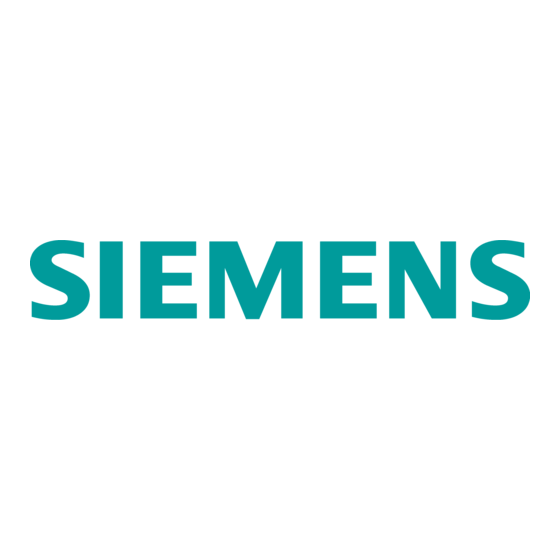
Summarization of Contents
EMC Basic Rules
Mass of metal parts
Procedures for connecting metal parts within a control cabinet for good conductivity and shielding.
Filter
Guidelines for mounting and connecting filters to manage interference.
Cable running
Rules for routing signal and power lines to minimize interference coupling.
Fastening the line shields
Methods for connecting line shields to ensure effective shielding.
Interference Spreading
Interference sources
Identifies components or phenomena that generate electromagnetic interference.
Interference sinks
Identifies devices or systems susceptible to electromagnetic interference.
Coupling paths
Describes the transmission routes for electromagnetic interference between sources and sinks.
Equipotential Bonding
Equipotential bonding via meshing
Describes bonding methods using conductive meshing within cabinets.
Equipotential bonding by equipotential bonding lines
Details using dedicated lines for equipotential bonding between components.
Equipotential bonding of external components
Explains how to bond components located in different cabinets.
Examples of equipotential bonding
Illustrates practical application scenarios of equipotential bonding.
Control Cabinet Structure
Design and assembly of the cabinet
Covers the physical setup and construction of control cabinets for EMC.
Assembly of the components in the control cabinet
Guidelines for arranging and mounting components within the cabinet.
Wiring, shielding and earthing
Principles for connecting, shielding, and grounding cables inside the cabinet.
Wiring and Shielding
Cable running
Principles for routing cables to minimize interference.
Shielding
Techniques and measures for protecting cables and components from electromagnetic interference.
Basic rules for the shield connection of simple shielded lines
Guidelines for properly connecting cable shields for effective interference suppression.
Example of shield connections
Practical illustrations of correct shield connection methods.
Filtration
Interference suppression of inductors
Methods to reduce interference generated by inductive components like coils.
Filter
Use of filter modules for drive control to meet radio interference thresholds.
Filter assembly in the control cabinet
Guidance on correctly mounting filter modules within the control cabinet.
Troubleshooting and Fault Elimination
Localisation of the interference source
Steps to identify the origin of EMC-related malfunctions.
Localisation of the interference sink
Methods to pinpoint the components or systems affected by interference.
Fault clearance
Procedures and measures for resolving malfunctions caused by insufficient EMC.
Electrostatically Sensitive Assemblies (ESA)
What does ESD mean?
Definition and identification of Electrostatic Discharge (ESD) and sensitive components.
Electrostatic charging of objects and people
Explains how objects and people can accumulate static charge.
Basic protective measures against static electricity discharges
Essential precautions to prevent damage from static discharge.
EMC Law and CE Mark
Notes on the EMC rule
Information regarding EMC regulations and their applicability.
CE mark/EU declaration of conformity
Explains the requirements and significance of CE marking and EU declarations.
Health Protection
General
Overview of workplace electromagnetic load factor thresholds and relevant laws.
Requirements for the workplace
Factors influencing workplace adherence to EMC thresholds and safety for personnel.













Need help?
Do you have a question about the SIMODRIVE and is the answer not in the manual?
Questions and answers